C-Cube: a unique tool to validate your claims
In the cosmetics sector, innovation and scientific rigour are essential. Laboratories must rely on precise evaluation methods to validate their anti-ageing claims.
Wrinkles, pigmentation spots and changes to skin texture: these criteria need to be reliably measured in order to be validated.
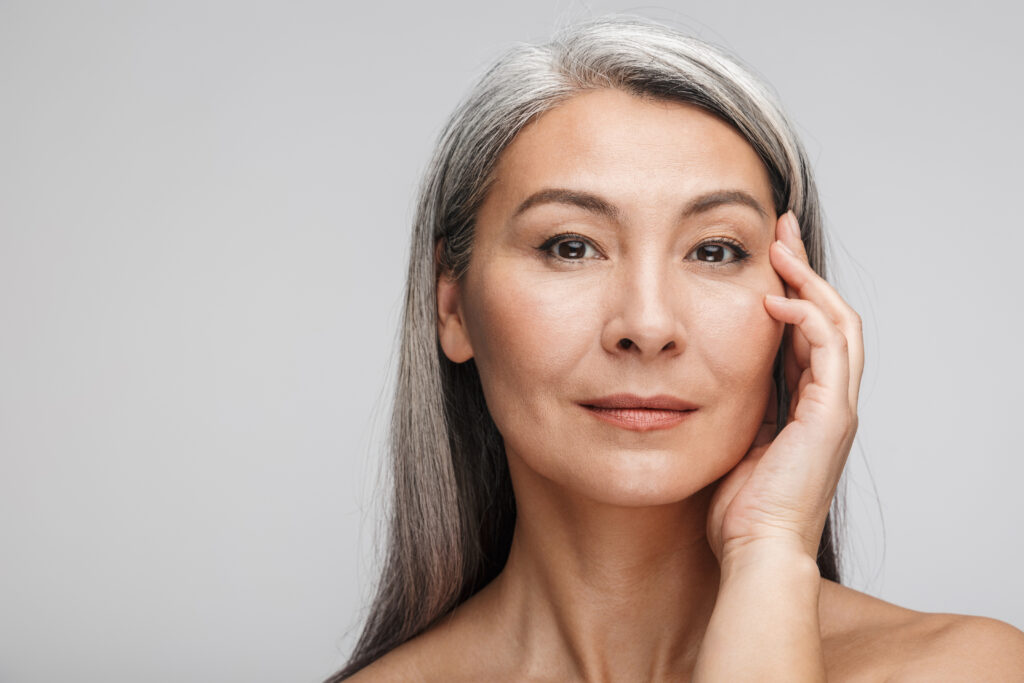
The C-Cube is an essential reference for the scientific validation of dermocosmetic claims. The only microdermoscopic imager on the market, it captures a precisely defined area and offers an analysis of unrivalled finesse.
Unlike macro and semi-macro imagers, the C-Cube reveals skin structures with optimum resolution, enabling detailed assessment of the effects of treatment. It also distinguishes itself from probes by offering complete, in-depth visualisation of the skin. At the crossroads of these technologies, it is a unique and complementary tool, guaranteeing a rigorous and reproducible assessment.
Its high-precision colorimetric calibration, perfectly correlated with a chromameter, ensures reliable and consistent measurements. Its homogeneous indirect lighting eliminates any distortion and loss of information at the edges of the image, guaranteeing consistent analysis over the entire area under observation.
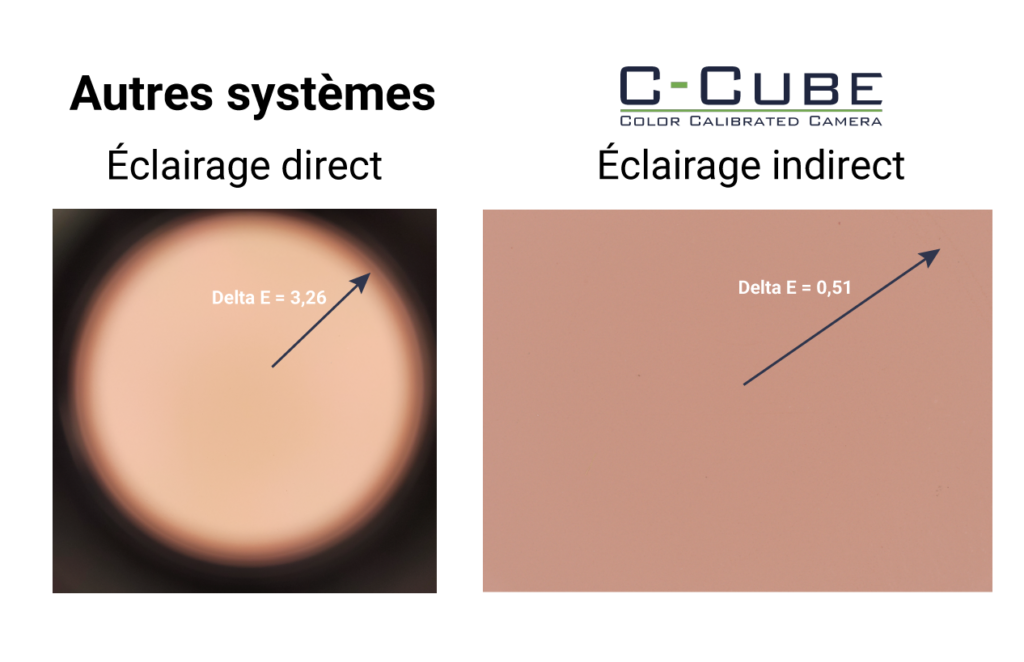
Finally, the C-Cube incorporates high-resolution 3D imaging based on stereophotometry, an advanced technology that enables skin topography to be analysed in great detail.
Thanks to its 2D and 3D imaging capabilities, the C-Cube offers detailed analysis of key markers of skin ageing, enhancing the accuracy and reliability of dermocosmetic studies.
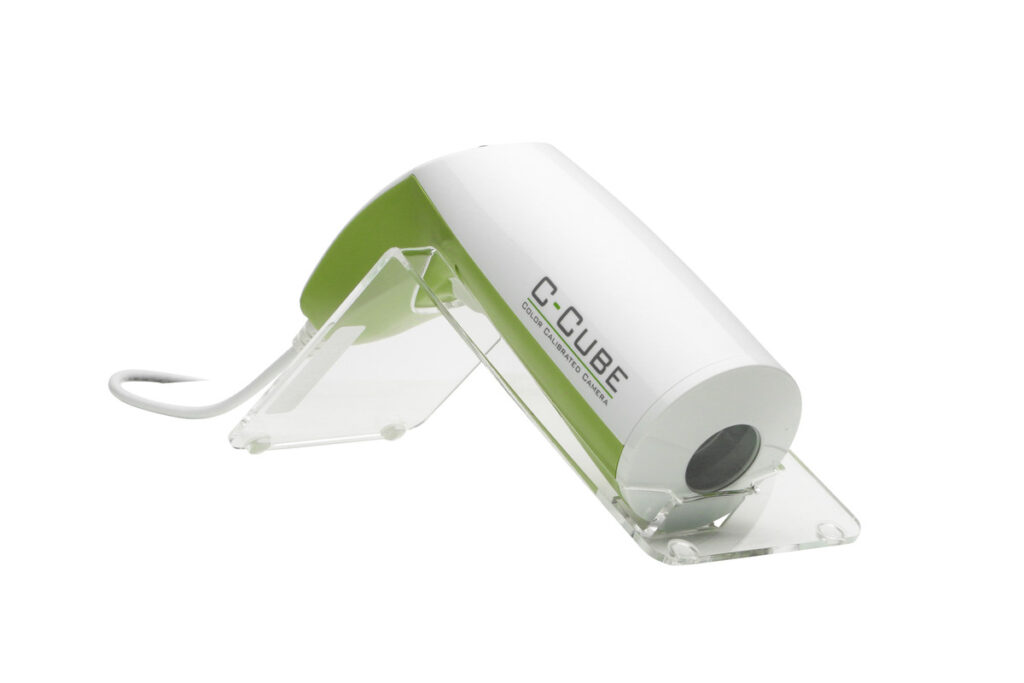
Assessing anti-ageing effects with C-Cube 3 CR
Exposure to the sun and certain chemicals can affect the production of melanin, resulting in age spots and a less even complexion.
Anti-stain, depigmenting and whitening treatments are developed to meet this criterion.
To measure the effects of these treatments, the C-Cube 3 CR is a high value-added tool. Thanks to its lighting and colour calibration, it provides a pigmentation index based on the skin’s melanin content. This index provides an objective measurement.
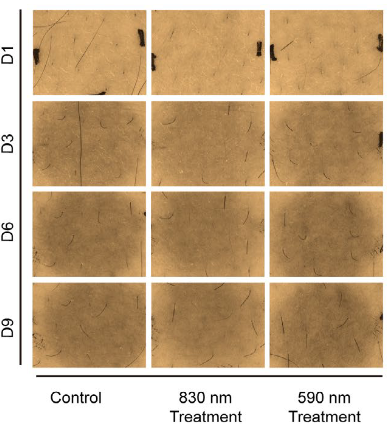
It may also be useful to assess the homogeneity of pigmentation. This approach is particularly relevant for skin where the spots are not isolated but scattered in a diffuse manner, which is common with skin ageing.
To quantify this homogeneity of skin tone, we study the variance of the amount of melanin in the image. The higher the variance, the more irregular the skin pigmentation. A decrease in this value over time indicates a more uniform complexion, making it possible to assess the effectiveness of corrective treatments.
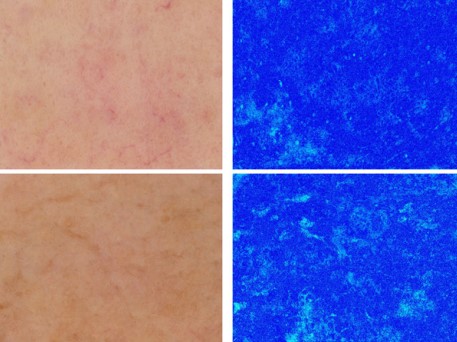
- 3D parameters
a) Roughness
Skin roughness is a key parameter in assessing skin ageing. With age, the reduced production of collagen and elastin leads to a loss of firmness and elasticity, encouraging the appearance of irregularities on the skin’s surface. These irregularities take the form of accentuated micro-relief lines, wrinkles and fine lines, contributing to an alteration in skin texture.
Thanks to C-Cube technology, it is possible to extract quantitative parameters such as Sa (mean roughness), Sq (quadratic roughness) and Sdr (relative surface development), providing a detailed view of changes in skin relief. A reduction in these values indicates a smoothing of the skin surface, a sign of an effective anti-ageing effect.
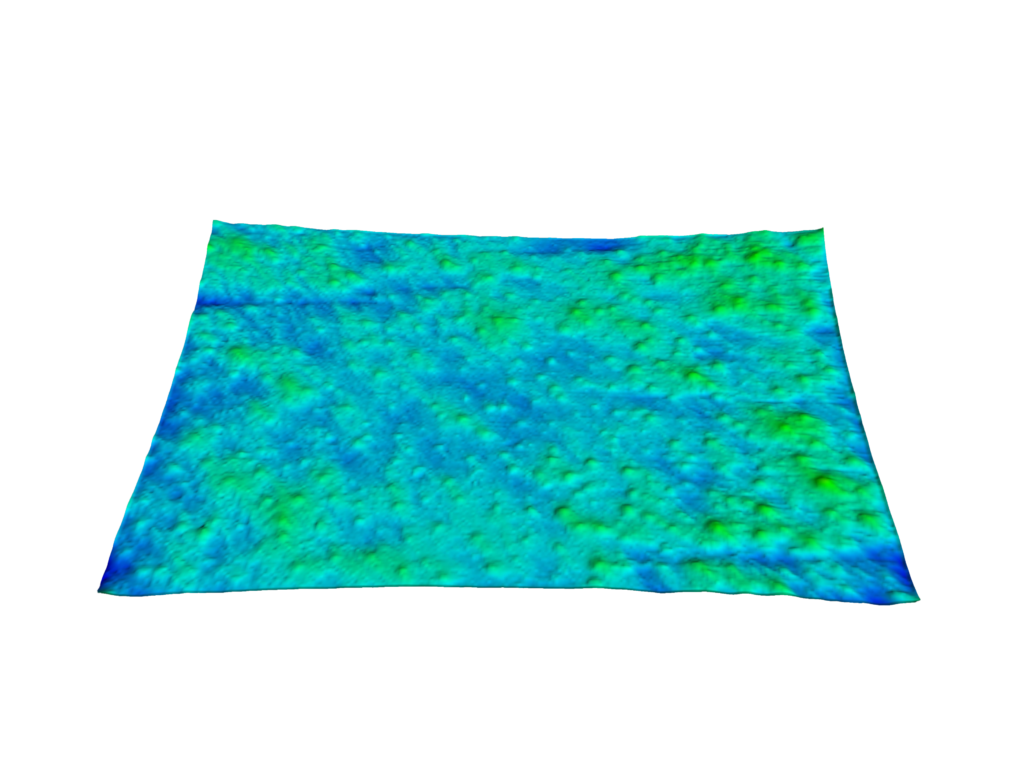
b) Wrinkles depth
To assess the effectiveness of an anti-ageing product, the depth of wrinkles can be measured.
Stereophotometry can be used to calculate the following quantitative parameters:
- Sv (maximum valley depth): A high Sv value indicates a more pronounced and deeper wrinkle. Its analysis is relevant for assessing the effectiveness of a filling product with significant effects, such as injectables.
- Sz (distance between the peaks and troughs of a surface): This value is used to quantify a change in the general state of the skin’s relief.
By integrating Sv and Sz measurements, it is possible to demonstrate the reduction in wrinkle depth after application of a product, validating marketing claims with rigorous data.
c) Profilometry module
The C-Cube profilometry module offers an advanced approach to the quantitative analysis of wrinkles and skin relief. Thanks to the ability to draw a region of interest (ROI) in the form of a broken line, it makes it possible to accurately monitor variations in skin structures as a function of the treatment applied.
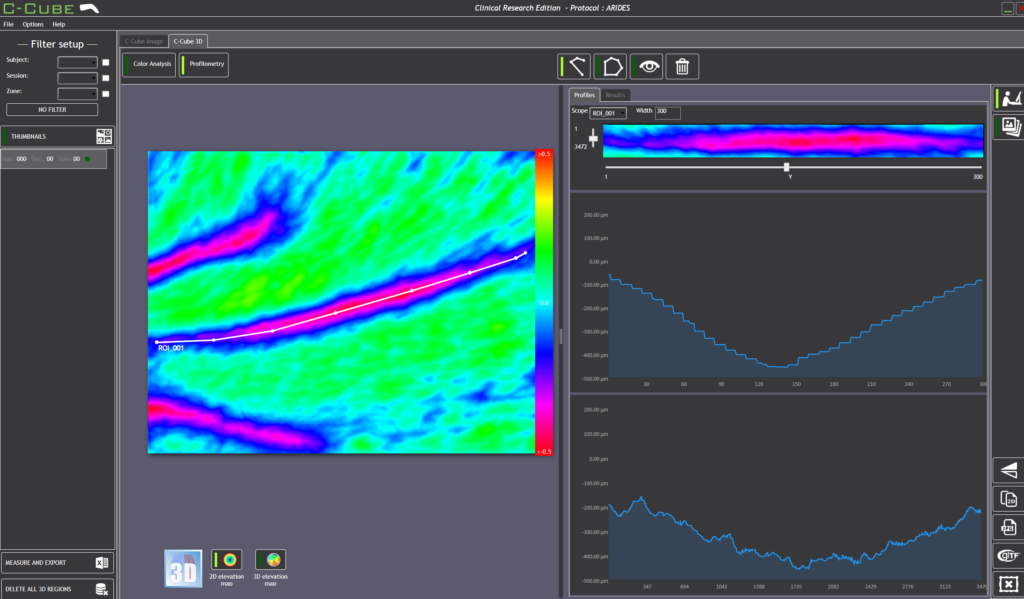
We provide essential data on the wrinkle tracked, such as its volume, length and micro-relief.
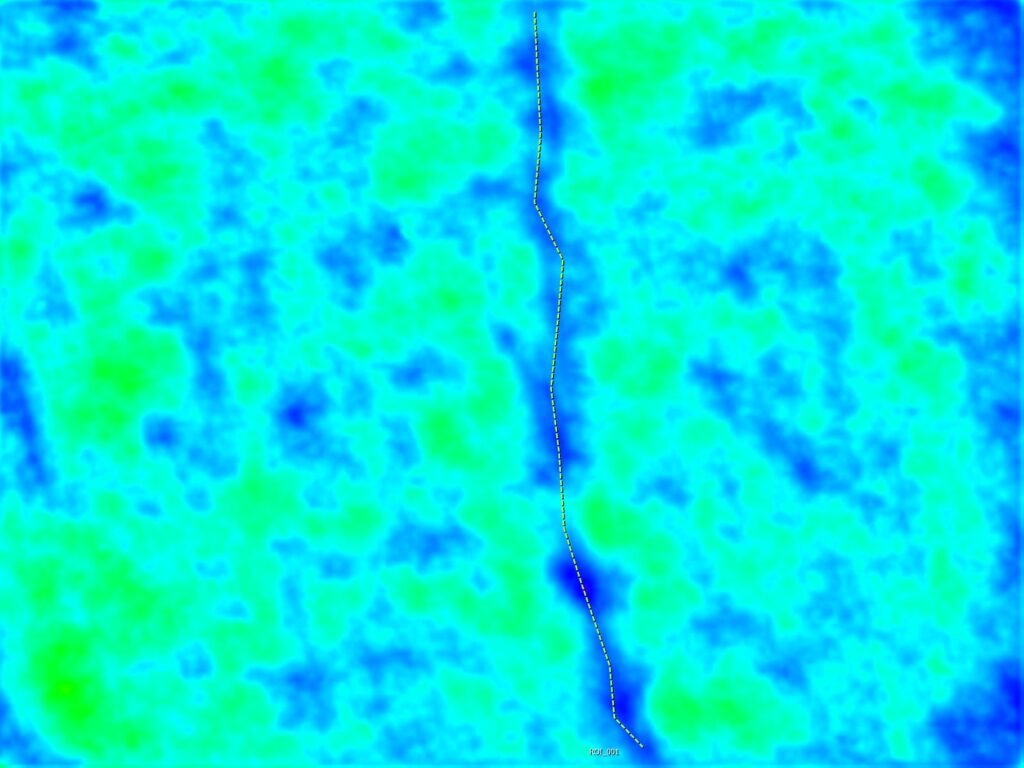

Thanks to the combined analysis of 2D and 3D parameters, the C-Cube offers a quantitative, objective and complete assessment of the effects of skin ageing. As a result, the effectiveness of anti-ageing skin care products can be measured with unrivalled rigour.
A true benchmark for these analyses, it guarantees accurate and reproducible results, reinforcing the reliability of clinical studies. Its qualitative illustrations also make it easier to communicate results to marketing teams, providing clear, verifiable data.
In a highly competitive market, the C-Cube is an essential ally for validating and promoting anti-ageing skincare products.

